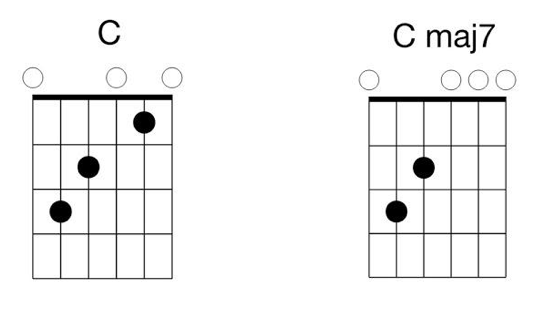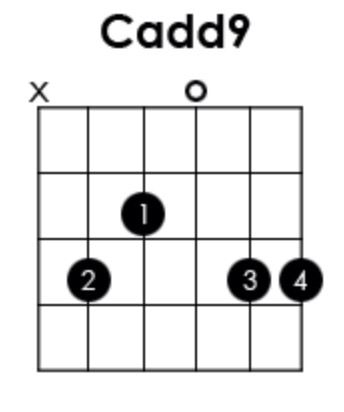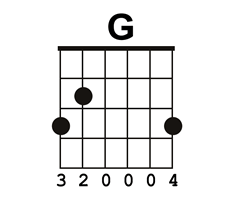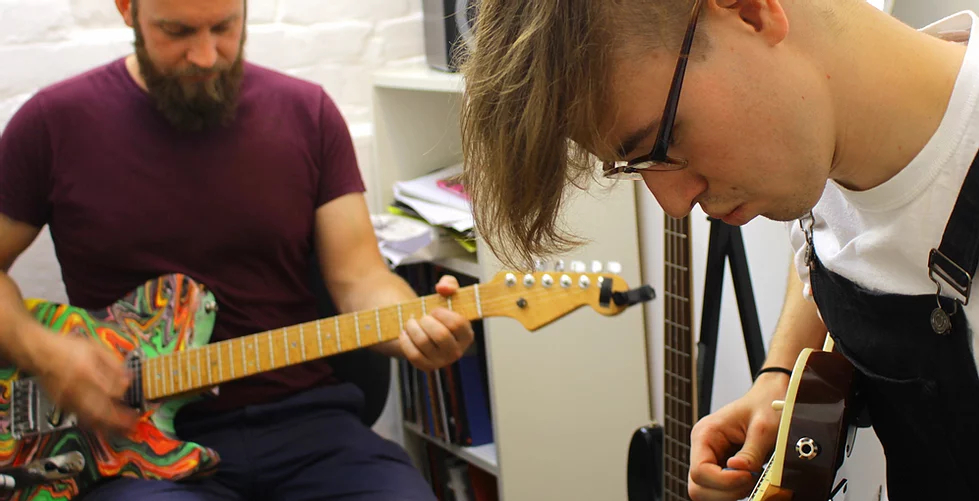The C chord guitar is one of the most common major chords you’ll come across as you begin learning the instrument. But, this chord can often dishearten many beginners as it requires you to begin stretching your fingers across multiple frets – up until now, you will have become accustomed to spanning across just two. It can seem like a lot to think about! Contorting your hand into the right shape and trying to understand how to play a clear sounding open string can seem daunting. However, we’ve all been there and it’s part of the process of learning guitar so you are not alone!
In today’s Guitarlab blog post, we’re highlighting how to make learning the C chord a more enjoyable experience with a how-to guide and our favourite songs to help you nail down this tricky chord in your practice.
So, why exactly is the C chord guitar so difficult?
We’ve touched on this briefly above, but a C major is often regarded as the first major hurdle for beginners to overcome. There are three main reasons why beginners may find this chord difficult to play:
- Until now, you will have not stretched your hand past two frets, the C major requires you to stretch your fingers across three frets. This is an uncomfortable position to get into at first and you may not have the flexibility in your wrist to successfully hit the note clearly initially.
- Open strings also make this a difficult chord to play, the first few you may have learnt will not require you to make such an effort to wrap around your fingers to ensure you play only the required strings. The G and the high E strings will be played, but it’s crucial you place your fingers accurately, leaving these as open strings.
- Furthermore, you also need to avoid playing the low E (that’s the string closest to you as you look down whilst playing your guitar) which again can cause many to struggle. You will need to skip this string when strumming; another new skill you will have yet to come across as a beginner.
As you can see, there is certainly a lot to think about! And for a beginner, it can seem like an uphill battle as you try to bring all these different elements together at once. The C chord guitar, however, is one of the most fundamental notes you will learn and can be found in an array of songs. Once you’ve mastered this tricky major, you’ll open up a variety of new possibilities and should feel proud to have overcome the difficulty.
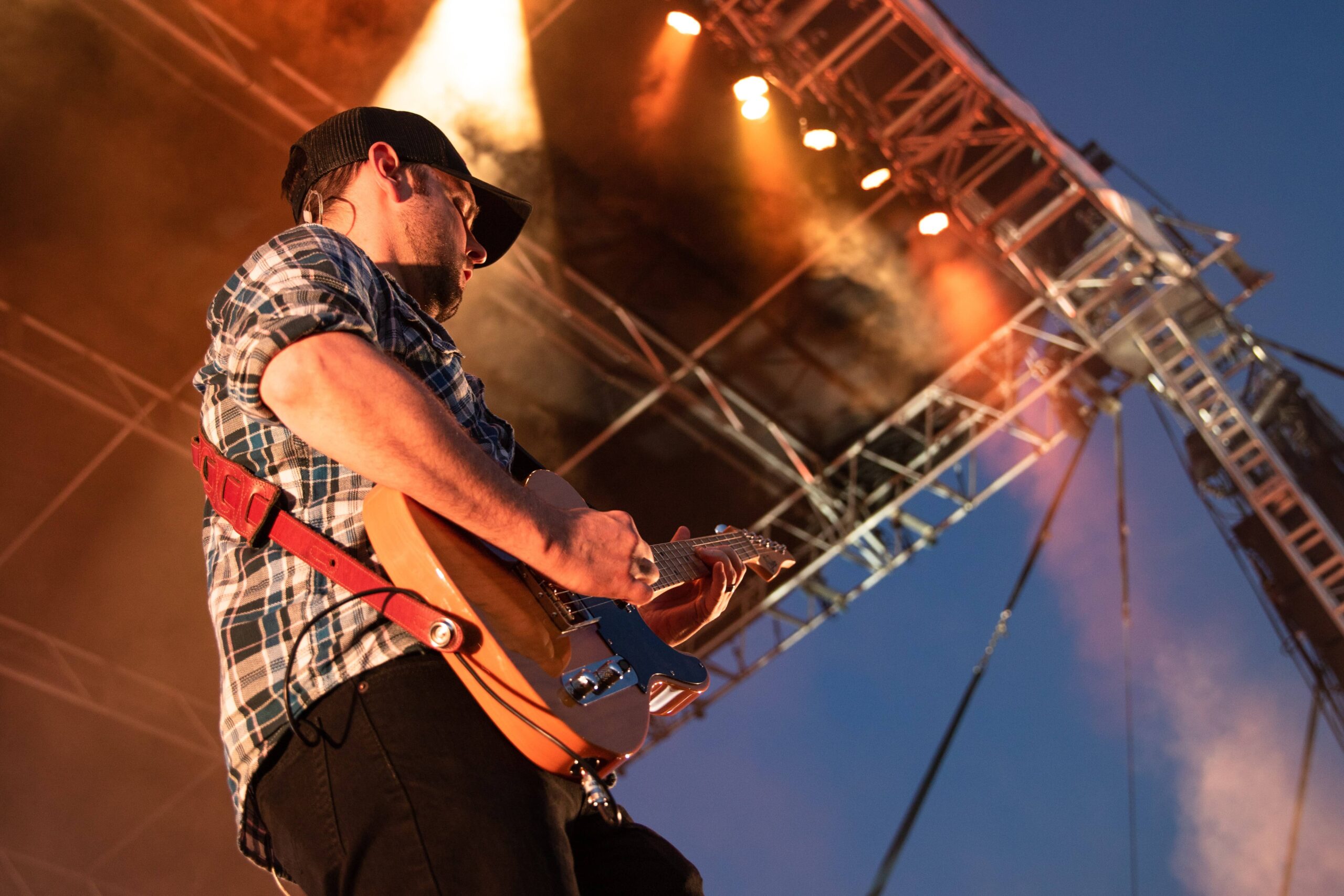
Helping you play C chord: Our tips and tricks
We’ve helped hundreds, if not thousands, of musicians over this hurdle and in that time, we’ve picked up some tricks that may help you through the learning process. So, what are they and what does the full C chord guitar look like?
#1 The full C major chord
The full chord requires you to stretch your fingers across the first three frets; you’ll have your 1st finger (index) on the 2nd string, your middle finger on the 4th string and your ring finger on the 5th string. It takes a bit of getting used to before you can comfortably switch between this chord and others you will have already learnt. But, there is an alternative that can help you build the foundation of the full C chord guitar.
#2 C Major 7 – the first steps towards learning the full note
The C maj7 is ideal for building familiarity with the note before stretching out to the full chord. The only difference between the two is that you won’t place your first finger down. You’ll still create a note that sounds similar to the full chord as you retain the two most important notes but this will be a more comfortable position for starting out.
It may be tempting to play the C maj7 with your first and second fingers, however, it is vitally important you leave your first finger free. This will make it far easier for you to progress to the full C chord in the near future.
#3 The 1-finger method – for children, small hands or those picking up a guitar for the very first time
The simplest method for the C chord guitar is to use just your index finger on the 2nd string (first fret). The biggest benefit here is that it requires just one finger! But, the drawback is that the note sounds very thin and holds lots of treble. However, as an initial stepping stone, this can be a huge help, especially for children or adults with small hands struggling to reach the full note.
#4 The Cadd9 – for when the C guitar chord is needed before or after a G chord
Before we move on to some songs to help you nail the C chord in your practice, there’s one more chord we want to touch on. Now, this isn’t the most basic of notes as it requires you to use 4 fingers; that being said, it can be extremely useful as it requires less hand movement to move from the G chord to the C add9 shape. And, it sounds great!
As you can see from the figure below, there is less of a switch between the two and, therefore, you may prefer to utilise the C add9 rather than the full C chord guitar:
NOTE: As with all versions of C, you should aim to not play the 6th string.
Songs to help you nail the C in your practice
We’ve compiled a list of some great songs to help you nail the C chord. With each, we’ll detail which other notes you’ll need but you’ll soon be playing full songs with ease and not thinking twice about the C chord!
Our suggestions run from simple to more advanced pieces, so there’s something for everyone to nail down the C chord! When reading each, remember there are four beats per bar. When you begin, just try to practice hitting each note on the first count and spend the remaining three changing into the next chord.
NOTE:
Where you see capo, similar to a clamp. This piece of equipment allows you to play the entirety of a song in a different key without you having to change what chords you play.
If you see this symbol – (a hyphen), this indicated that you hold the chord for an additional beat within the bar. So, for example, C-G would mean you play C for two beats before switching to G for two beats, all within the same bar. It can be extremely useful to use a meter or a time tempo when you practice ensuring you remain on the correct rhythm of a song.
Whatta Man – Salt-N-Pepa
Paperback Writer – The Beatles
Did you know, Paperback Writer was the last new song by the Beatles to be featured on their final tour in 1966? The song is accredited to the Lennon-McCartney partnership and went on to be a chart-topper in the United Kingdom, United States, Ireland, West Germany, Australia, New Zealand and Norway. Again, you just need the C and G chord to perform this piece:
| G x8 | C | | G | |
You Never Can Tell – Chuck Berry
Dreams – Fleetwood Mac
(capo 5th fret)
Waterfalls – TLC
Don’t Let Go – (Love) – En Vogue
Fly Away – Lenny Kravitz
Fly Away emerged when Kravitz testing an amp that was bought to a studio – he quotes: “I was listening to the way different chords were ringing, just moving between A, C, G and D, and the next thing I knew I was telling the engineer to hook up the mics and record.”
| A – C | G – D |
Looking to learn guitar?
Perhaps you are struggling with the C chord and need a little guidance, or you are looking to begin learning the guitar? Whatever your goals are with your learning, our experienced teachers can create a personalised programme to suit you. With over 50 years of knowledge between us, we know how to break down chords, riffs and songs to ensure the learning process remains fun and engaging throughout. Contact the team at Guitarlab at 01483 239935 or 07429 074072 and we’ll be more than happy to discuss our teaching services with you.

